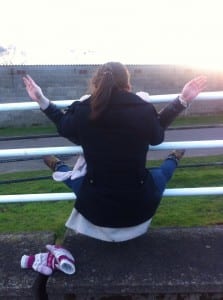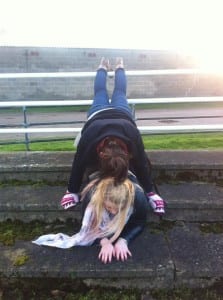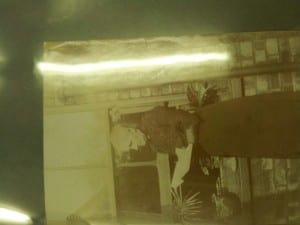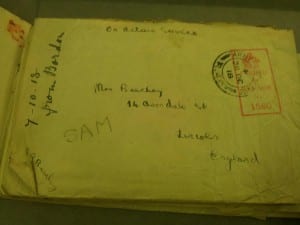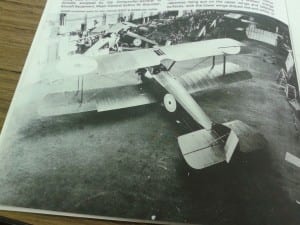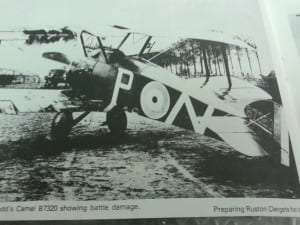In addition, to emphasize the sombre mood and general outlook of war, it was inferred that the planes could have the names of Lincolnshire airmen who had died written on them. Perhaps, to provide extra realism I could offer a 1942 briefing to my participating audience . They would then be given their plane and will fly it. Afterwards, they will be informed that the particular veteran they played has died and possibly a brief summary of this. Although the briefing worked in practice, I felt that this was too harrowing and could spark ethical issues. The personal connection is still profound as each participant is flying a Lincolnshire airmen’s model. There were even plans to ,every time a plane is thrown, remove a penny as a life is extinguished. The planes are to be flown into the pennies, in other words they will be destroyed . Through a demonstration we learnt that after being briefed alongside the wall in groups of approximately 7 and flying the aircraft, each spectator turned airman should add a penny to the work in progress union jack. We consequently answer the question “Can the audience be assigned a role: as witnesses to be questioned after the reconstruction of the incident?” ((Pearson, 2011)).
Area Of The Grandstand In Which The Aircraft Will Be Flown From 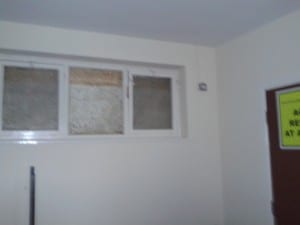
Works Cited
Peason, Mike (2011) Perfomrance Composition Online: http://blackboard.lincoln.ac.uk/webapps/portal/frameset.jsp?tab_tab_group_id=_2_1&url=%2Fwebapps%2Fblackboard%2Fexecute%2
Flauncher%3Ftype%3DCourse%26id%3D_67088_1%26url%3D (accessed 5th April 2013)


